After the letting go, the getting rid
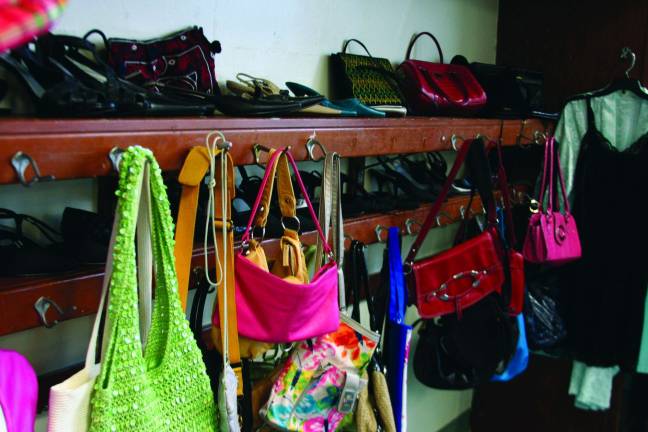
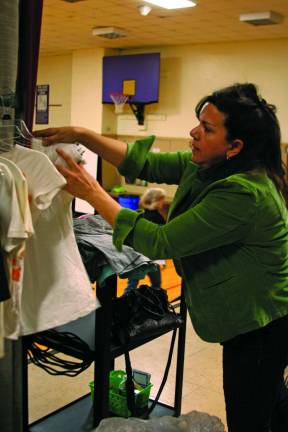
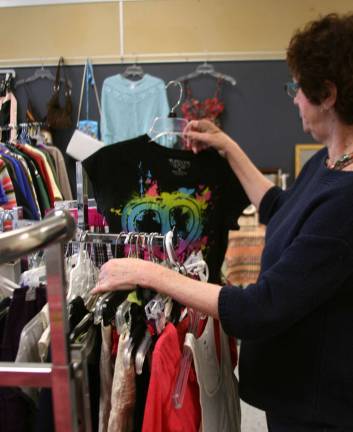
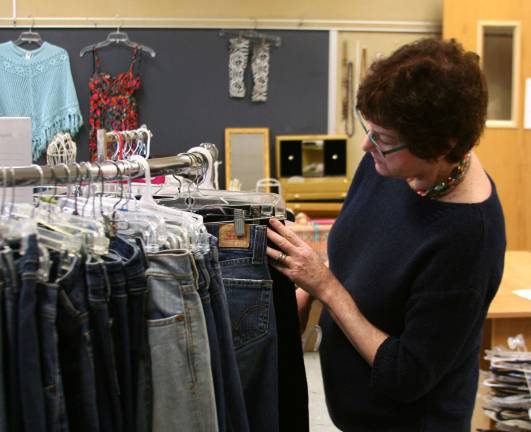
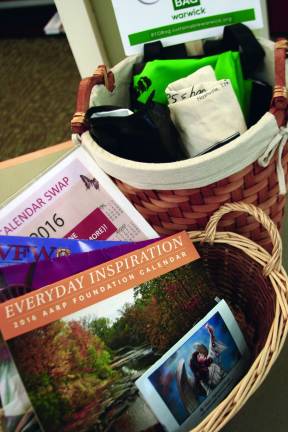
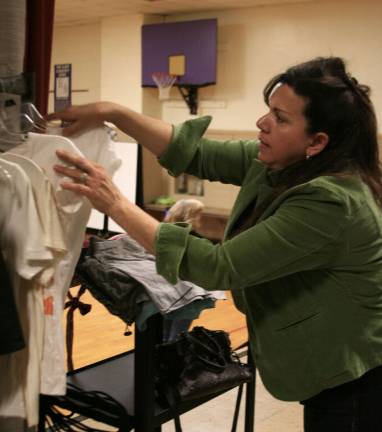
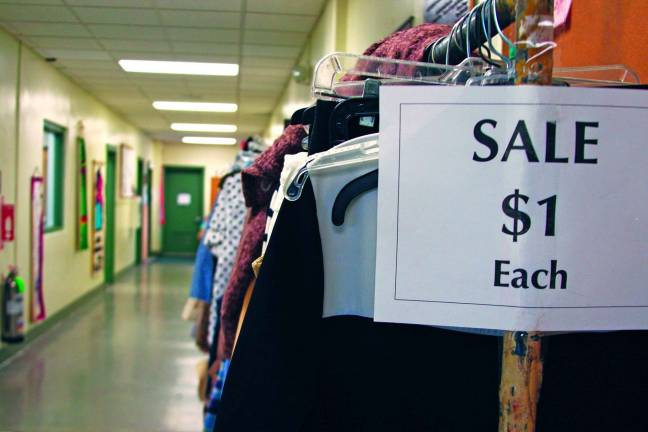
Your spring cleaning castoffs can open the door to sharing
By Raheli Harper
It’s a slippery slope these days between frugality and hoarding. Our natural instinct to squirrel away every scrap, transposed onto this era of made-in-China bargain basement “steals,” is turning whole sections of our larger-than-ever houses impassable.
“We don’t need it, we don’t use it, we don’t want it, but we just keep it,” says Susan Supak. Supak, a speech pathologist who lives in Warwick, just finished wading through a lifetime of her own accumulated belongings. With over 25 self-storage facilities in Orange County, chances are most of us can relate.
Inspired by Marie Kondo, the Japanese organizing consultant who’s emerged as a sort of oracle of tidiness, Supak has taken every item of clothing from her drawers, closets and basement, held each article in her hands – and realized that most had long outlasted their welcome. Kondo’s book, The Life-Changing Magic of Tidying Up, instructs you to physically hold each item and discover whether it “sparks joy.” It sounds almost childish, but in following the steps, Supak became a convert.
She started with her dressers. By sorting through clothing first, by the time you start working on more emotionally charged items, “you get this confidence in your own decision making.”
Supak has found that “part of the process is helping you let go. Practicing the art of letting go.” The book became her instruction manual for “getting your house in order, metaphorically and physically.” There’s a wait list 14 deep at the library for Kondo’s book; letting go is clearly having a moment.
But after the letting go comes the getting rid, which gets less air time. This is where the solutions get local. An international organizing guru could not, for instance, tell you about the Clothing Closet and Hope Chest, sister enterprises operating out of the old Pine Island Elementary School. The Clothing Closet is a free clothing exchange where anyone is welcome to come and find what they need. Begun after Hurricane Irene by the Vision Faith Community, it is now run by volunteers from seven local organizations, with support from many local businesses. (Even Woodbury Commons donates unclaimed lost and found items, including new purchases left behind by shoppers.) The Hope Chest is the thrift boutique that earns money to support the operations: the big nut is the $2,000 every month to cover the rent for five classrooms and the gym of the former school.
“There are all levels of need here,” said Laura Shanahan, a volunteer since 2014. “There was a house fire in Warwick. The family came in and we said, ‘Just take what you need.’” They see many farmworkers coming in to the Clothing Closet. Often, they want to contribute too, and “spend a little money as well in the thrift boutique.”
As we learn to live more collaboratively, new venues are opening up for people to share what they have. At the Albert Wisner Public Library, the staff was inspired by Sustainable Warwick’s Bag Free Warwick initiative.
“We had been keeping grocery bags of our own to give to customers on rainy days,” related Kathleen Georgalas, assistant to the director. Now they have placed a basket at the front desk for people to leave or take a reusable cloth bag. On a recent weekday there were four bags ready for a patron who forgot hers or borrowed more books than planned. It’s a small act, but it shows a willingness to eschew commerce in favor of helping people. Less “sharing economy,” more sharing.
Next to the bags is another small basket for patrons to leave extra calendars, free for the taking. This idea was put forward by a patron and has continued for four years now, from January to April, until the calendars run out.
“If we can think of other ways to share items, we try to do it,” said Georgalas, hinting that there might be fresh ideas in the works. “That’s what a library is.”
For the searchable database: strausnews.com/recyclopedia